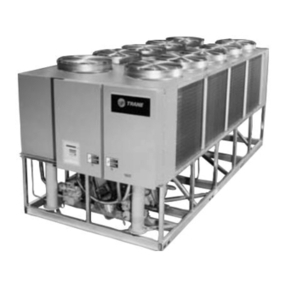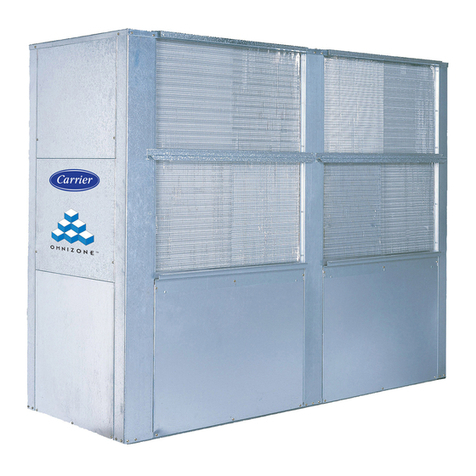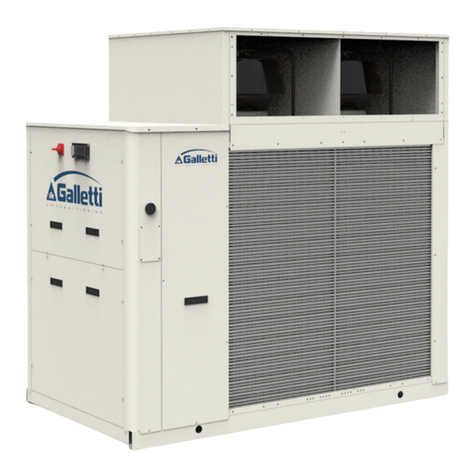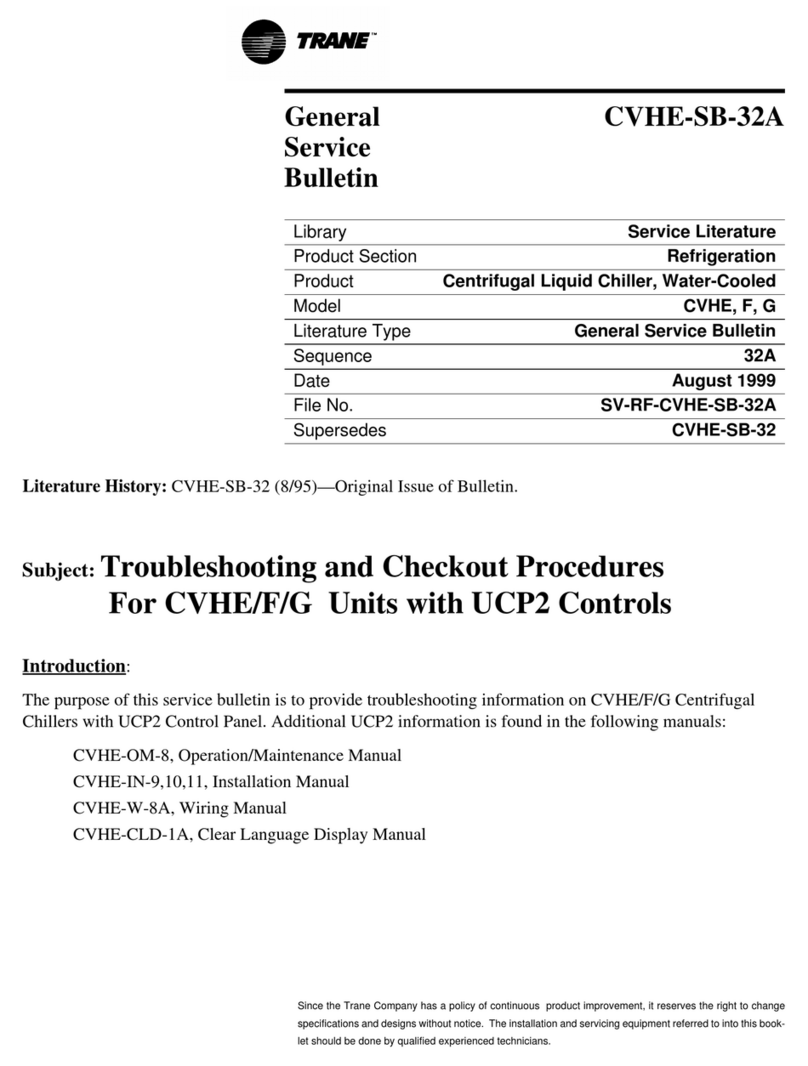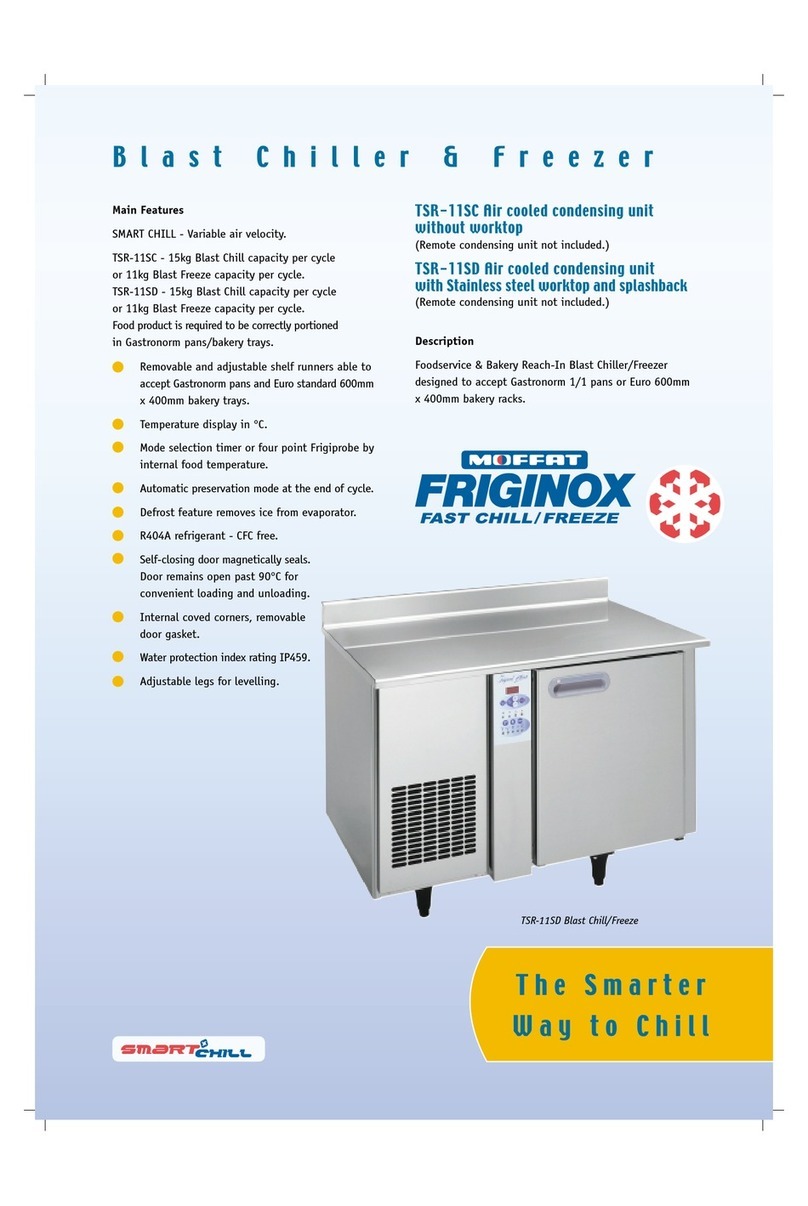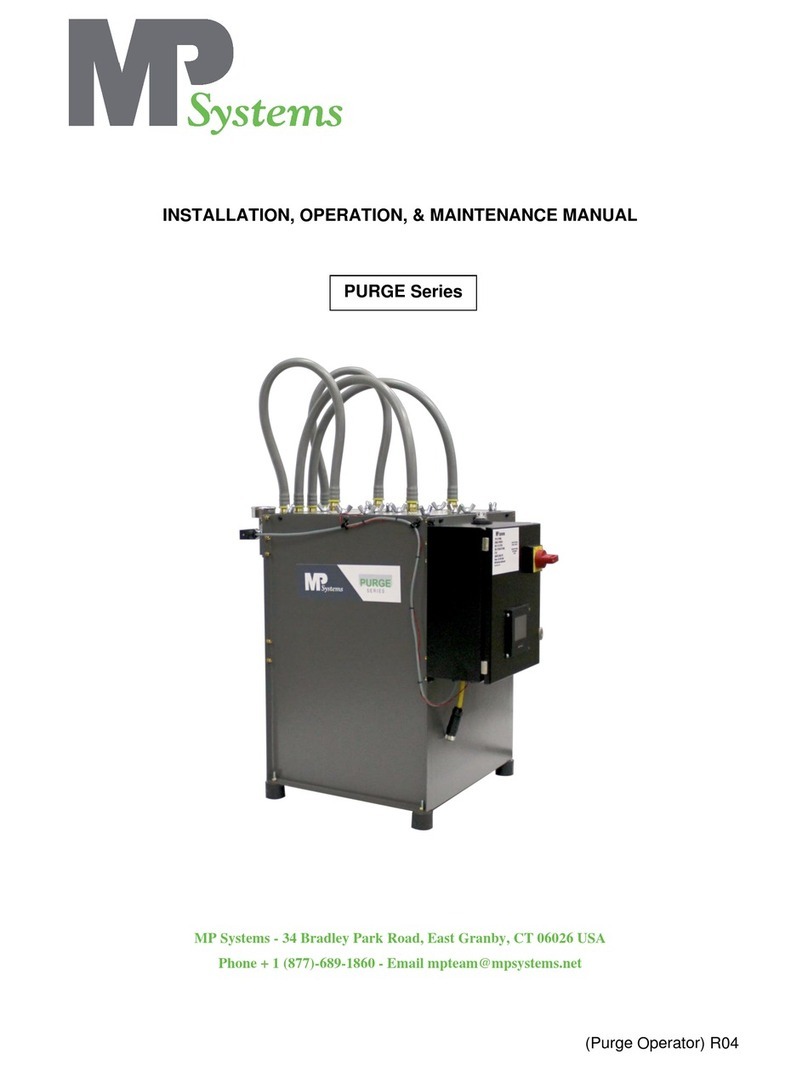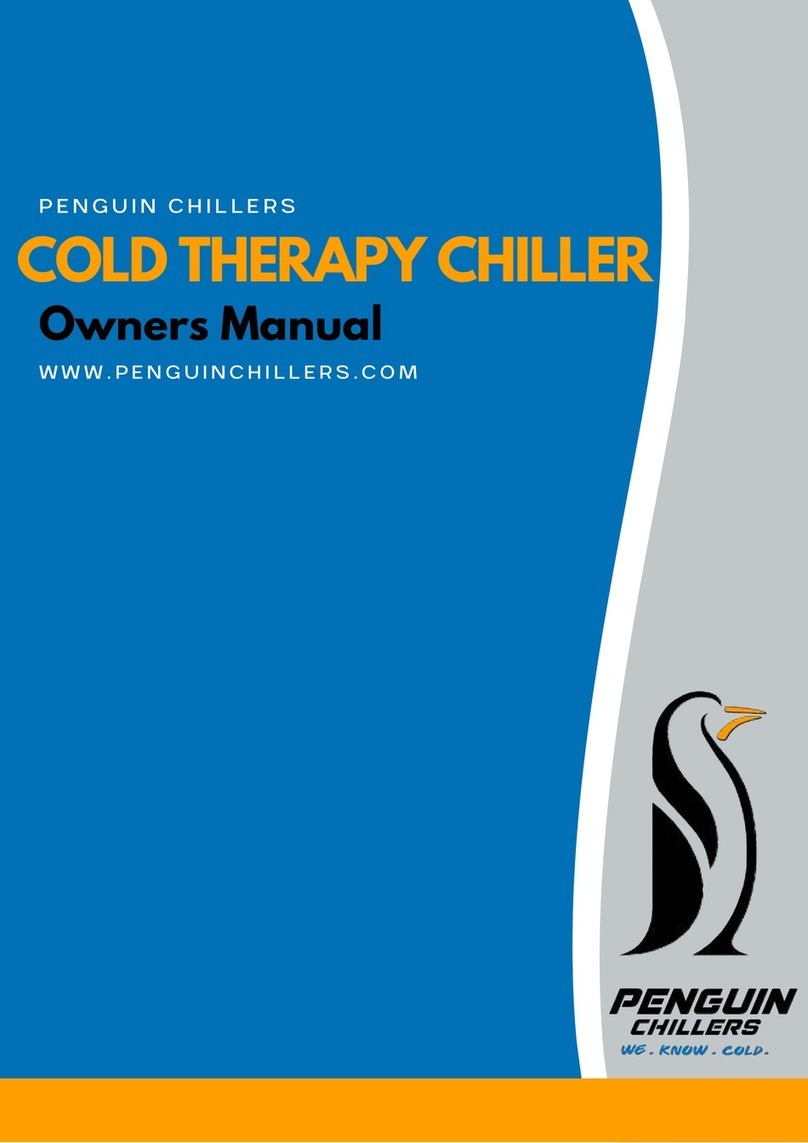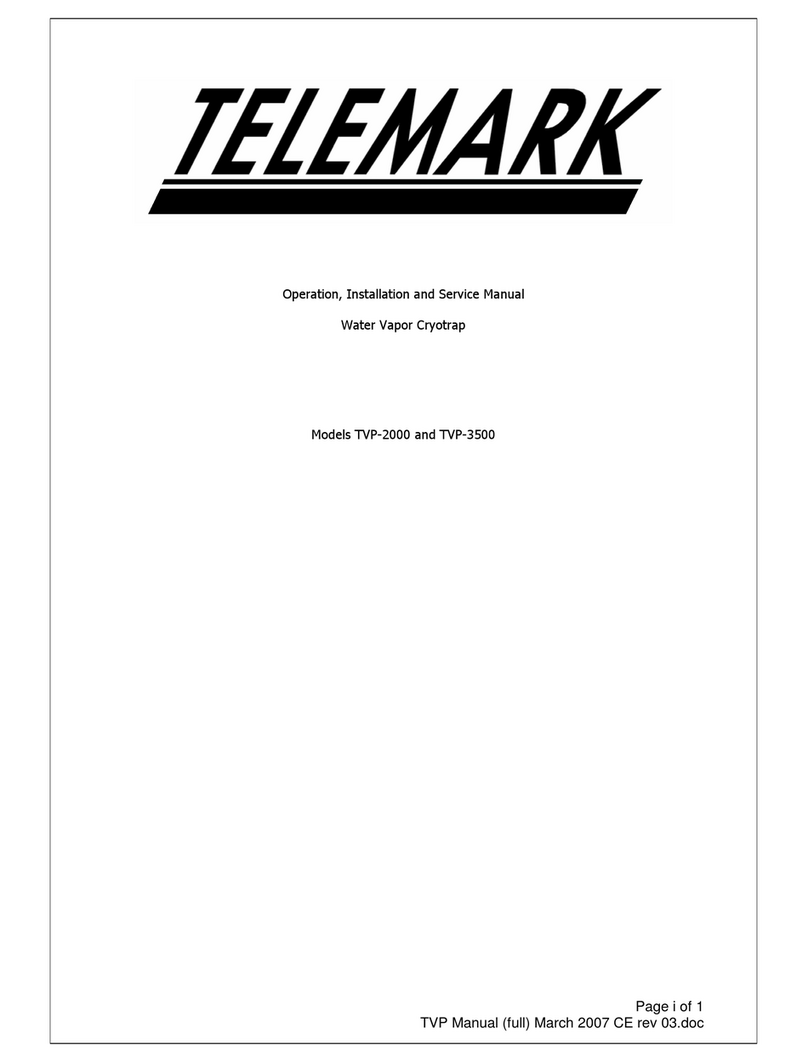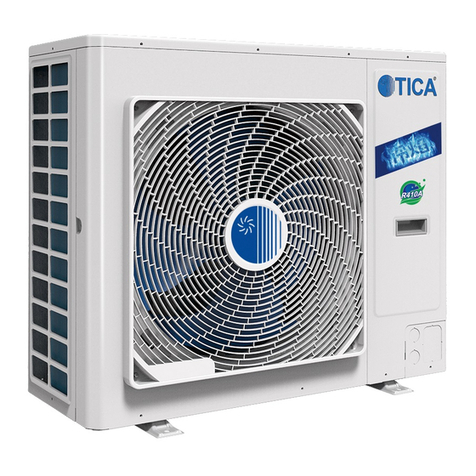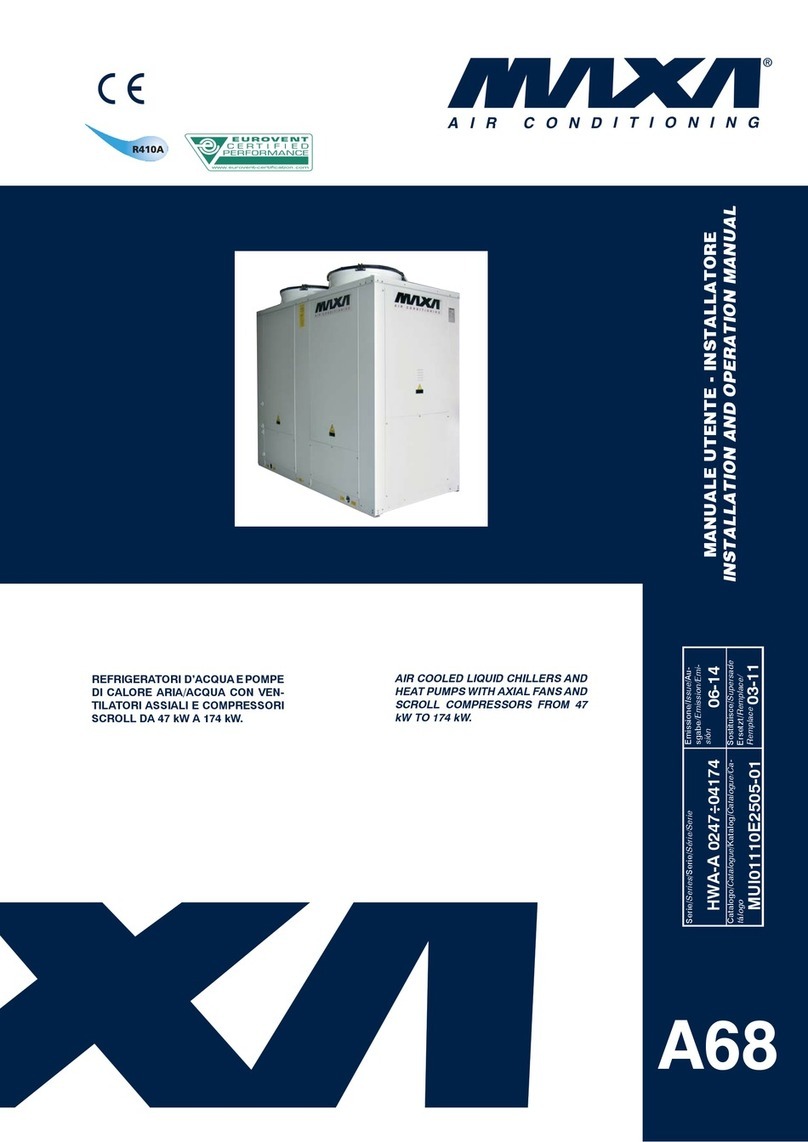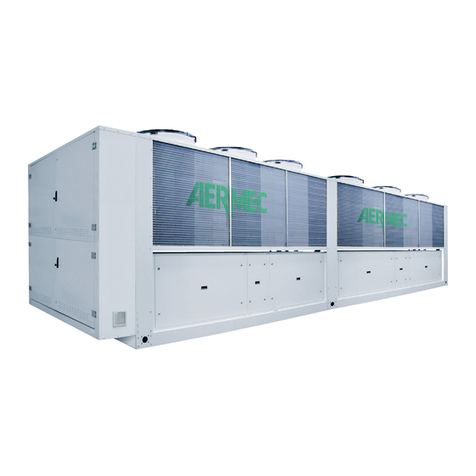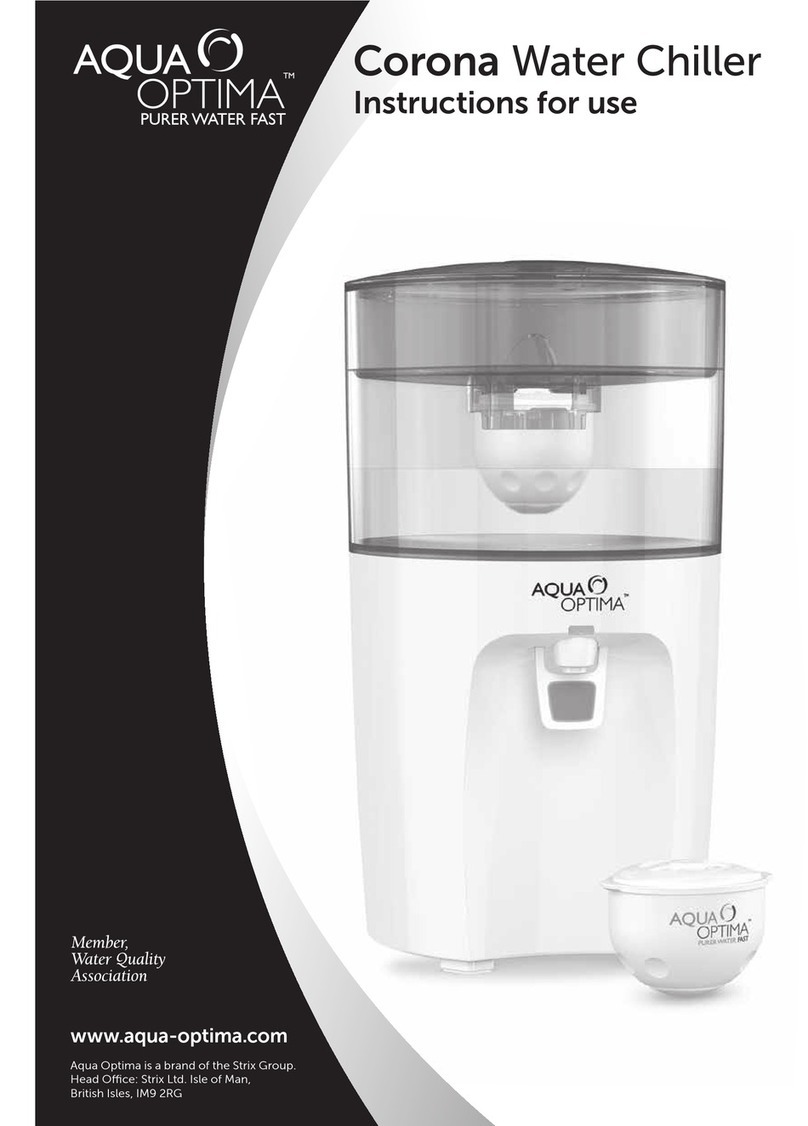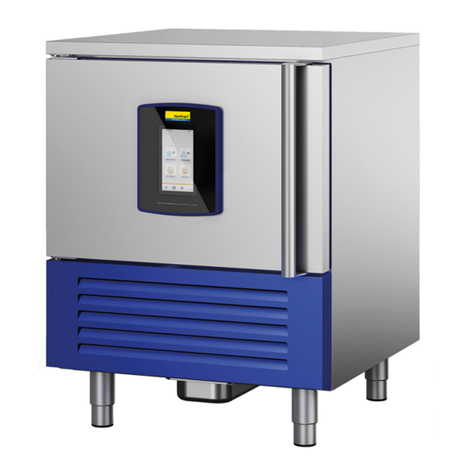Protect the appliance, its power cord, and the power plug from heat, dust, direct sunlight, water drips, and
splashes. Keep the electrical components away from hot surfaces and exposed flames.
Place the appliance on a wide, level, dry, clean, and stable surface capable of supporting the combined weight
of the appliance and its contents.
If the power cord overheats, stop using the appliance and disconnect it from the power outlet.
Dry the appliance and all accessories before connecting it to the power supply and before storing it.
This appliance is not designed to be controlled by an external timer or a separate remote control system.
Connect the power plug to an easily accessible electrical outlet to quickly disconnect the appliance from the
power supply in case of an emergency. Pull the power plug from the electrical outlet to completely disconnect
the appliance. Use the power plug as the disconnect device.
The appliance's power plug must have its own independent electrical outlet. The use of adapters can cause
overheating or fire.
Connect the appliance only to properly grounded electrical outlets. Avoid using extension cords.
The appliance must be correctly installed and positioned according to these instructions before use.
Do not place the appliance under direct sunlight or near heat sources as this will hinder the cooling process.
The refrigerant and the flammable gas used for expansion in the appliance's insulators require special disposal
procedures. When disposing of them, seek information from your maintenance agent or similarly qualified
personnel.
Avoid installation near heaters and devices that generate steam, such as combined vapors.
If the plug is intended to be disconnected, it must be clearly indicated that the disconnection of the plug must be
such that an operator can verify from any accessible point that the plug remains disconnected.
WARNING: The refrigerator contains propane (R290) or isobutane (R600a) as the refrigerant, which is a
natural gas highly environmentally friendly but flammable. While transporting and installing the appliance,
ensure that no part of the refrigerant circuit is damaged.
Procedure if the refrigerant circuit is damaged:
-Avoid open flames and sources of ignition at all costs.
-Ensure that the room where the appliance is located is well-ventilated.
The manufacturer is not responsible for any operations not mentioned in this manual. All recommendations and
warnings must be followed.
Electrical Safety
1) Ensure that the rated voltage indicated on the rating label matches the voltage of the power supply.
2) Do not operate any appliance with a damaged power cord or power plug, even if it is faulty or has been
damaged in any way.
3) Protect the cable against any damage.
Avoid letting it hang over sharp edges, do not crush or bend it. Keep the power cord away from hot
surfaces, and make sure no one can trip over it.
